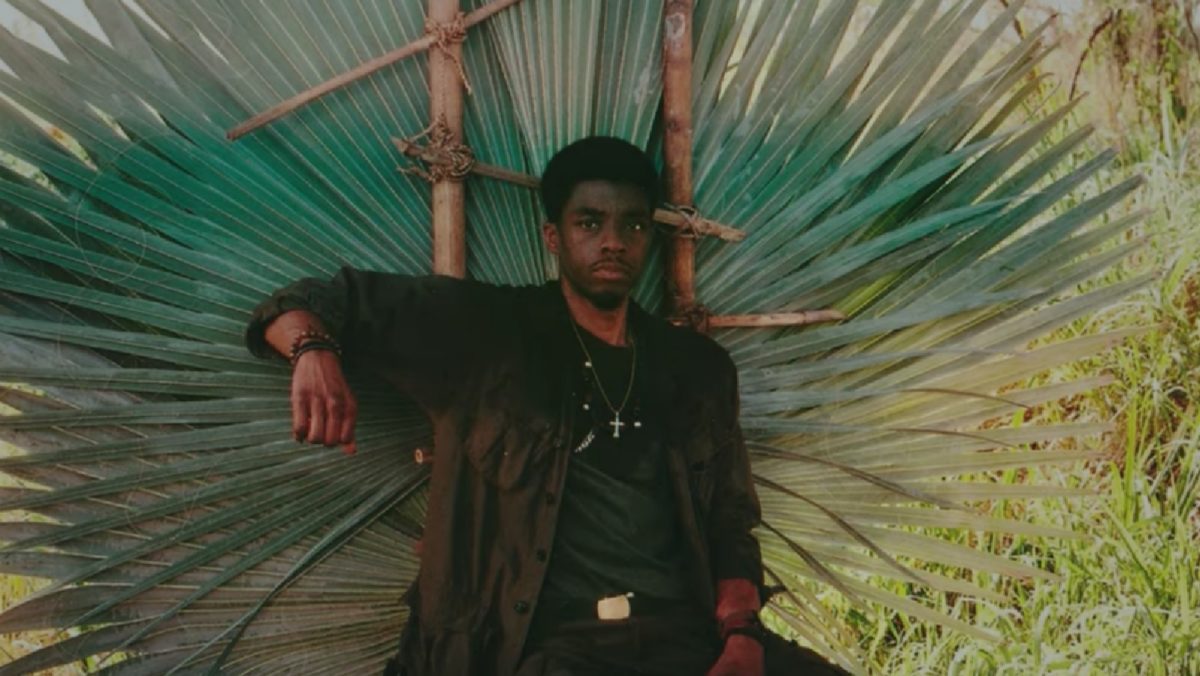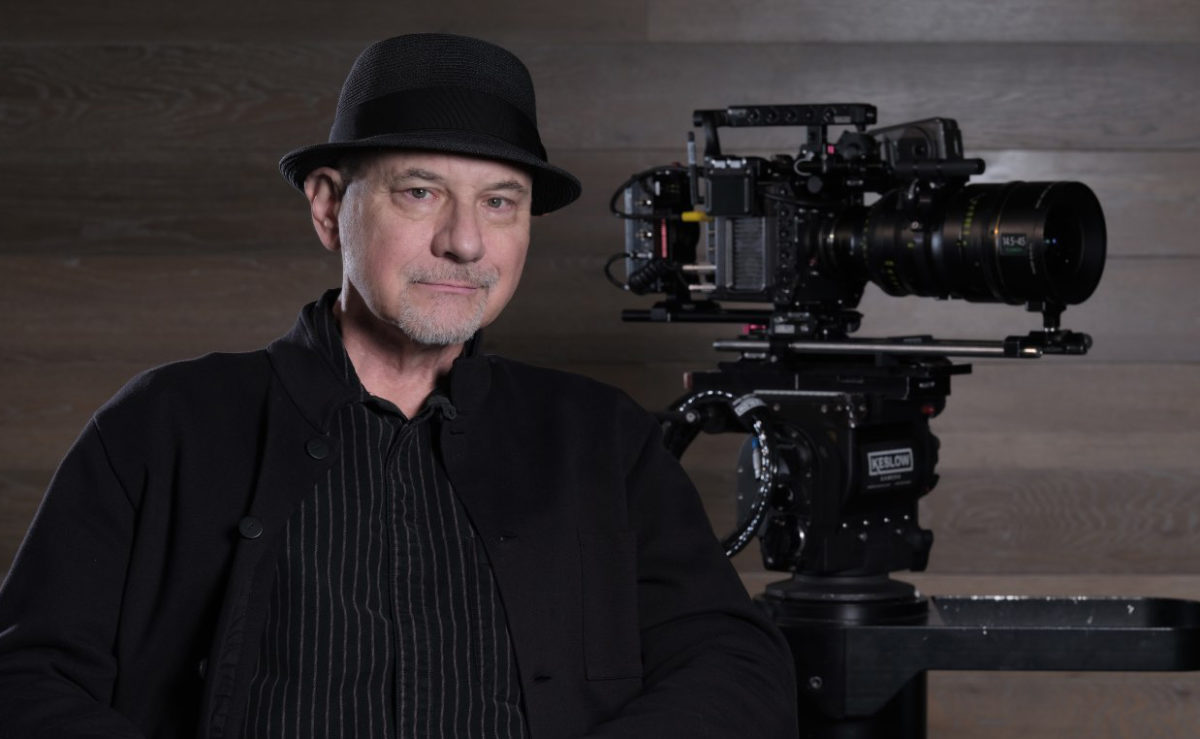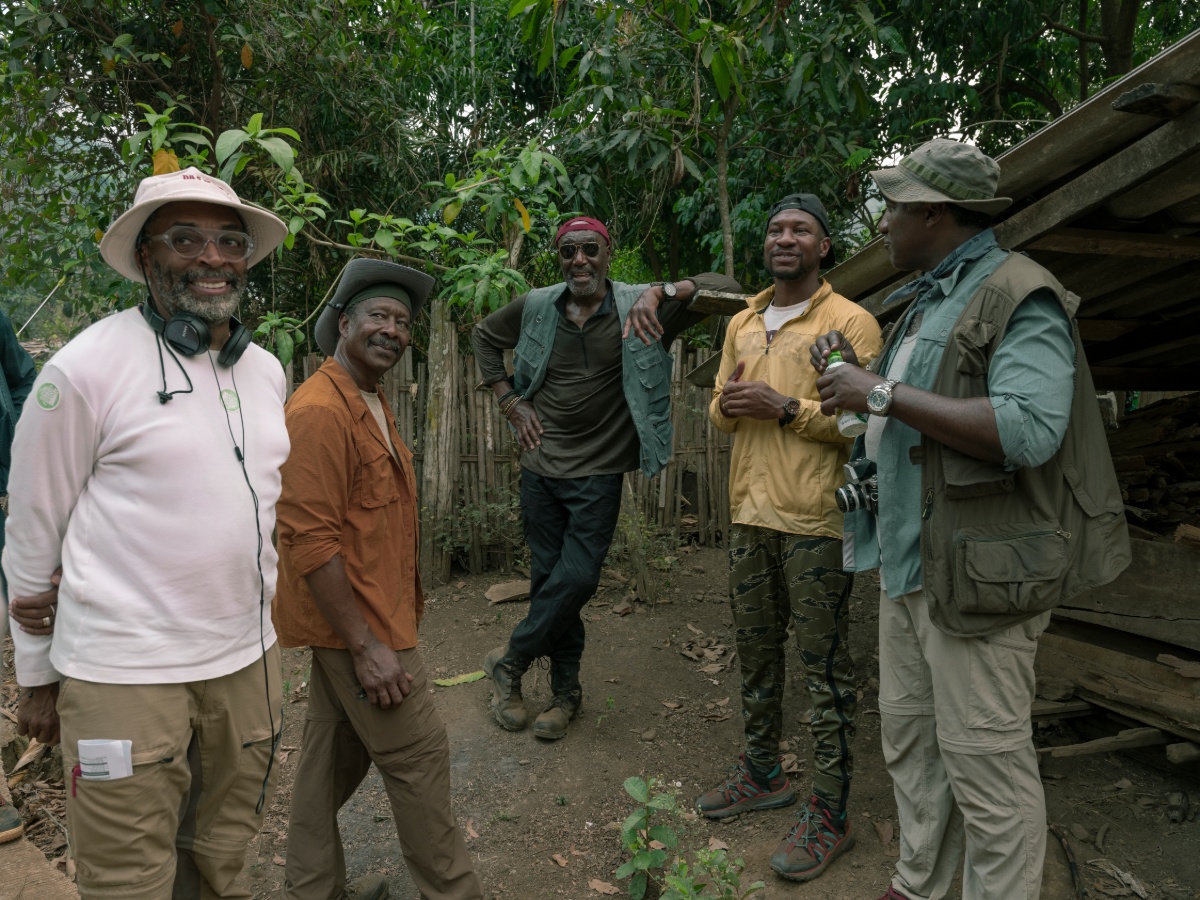Utilizing three aspect ratios as well as multiple camera formats and a wealth of archival footage over its 2.5-hour-plus runtime, shooting Spike Lee’s Vietnam War epic Da 5 Bloods was no easy feat, but cinematographer Newton Thomas Sigel was up to the task. While it was his first feature film collaboration with the director, it was also something of a full-circle moment for the director of photography after beginning his career in the documentary field, particularly shooting the Oscar-nominated Vietnam War doc El Salvador: Another Vietnam in 1981.
With Da 5 Bloods, he brings a palpable sense of both tension and vibrancy as he captures the vistas of Vietnam and Thailand, where the film was shot, and the conflict that is recreated. We had the opportunity to speak with the seasoned vet about his approach to the material, Spike Lee’s mastery, what it was like to shoot the iconic Spike Lee dolly shot, his thoughts on action cinematography, how he believes the film will resonate and more.
The Film Stage: I believe this is your first collaboration with Spike Lee. I’m curious how it came about and what your relationship is with his work?
Newton Thomas Sigel: My relationship with his work is that he is an American master. He is a trailblazer like no other and literally is one of the most seminal American filmmakers of the last 30 years. His work speaks for itself, I don’t need to broadcast that. I’ve known Spike for a long time. I’ve known him in New York when I was making documentaries and he was coming out of NYU. We never got to do a movie together but we’ve done commercials over the years. When this came about, it was like a dream come true. I’ve been sort of waiting for that moment for quite a while.
He called me about Da 5 Bloods when I was working on a movie called Extraction, which was another Netflix production, shooting in Thailand, India, and Bangladesh. When he initially called me, I was very worried about having enough time to prep the movie and being able to do it justice and he was very reassuring. He said, “We’re veterans, you can do it.” So I stepped right out of Extraction and into Da 5 Bloods. It was great. It was an amazing experience.
There are references to Apocalypse Now and Treasure of the Sierra Madre, but I was curious if Spike Lee showed you or discussed any specific influences as you prepped the look of the film?
We talked a little about Apocalypse Now, which I went back and watched again. I’ve now seen it many, many times. It’s one of my favorite Vietnam movies. In terms of my own research, I also went back to watch a lot of the documentaries like Hearts and Minds and [ones about] the My Lai Massacre and the Ken Burns series [The Vietnam War]. With Spike, he’s a real avid researcher in archival material. You see it in the movie. He would send me images frequently that he had come across that inspired him or that he thought was relevant to what we were doing. I think those are strong guiders of our style and our look and also what we wanted to say in the movie.
When the trailer first came out, you could tell that there were going to be different aspect ratios and styles of footage, but when you see the film it’s incredible to see how much is packed in there. I think about the smash cut to Chadwick Boseman’s face looking at the gold, where the aspect ratio changes immediately. As the cinematographer, how do you prep and organize for that kind of production?
There are three aspect ratios in the movie and those are driven by a couple of different things. The opening of the movie when you are in modern Ho Chi Minh City and it’s a very contemporary, urban setting, we went widescreen to 2.39:1, letterboxing on the top and bottom. When we hit the jungle, we wanted the jungle to overwhelm them–this big, wide sort of all-encompassing environment. Ironically, it sounds counter-intuitive, we went from a widescreen format like 2.39:1 to 1.85:1, but the way it’s done is that rather than bringing in the side of the picture, we actually opened the top and bottom of the picture. Effectively, the canvas becomes larger.
That’s the way it is in the jungle until you get to the flashback about Stormin’ Norman. With the flashback we wanted it to represent their wartime experience, because this is all taking place in 1971. In doing so, we thought it would be appropriate to emulate the style in which it would be shot, which is by a news crew. I actually came out of the documentary field, so it was a very familiar process for me to shoot 16mm, and we didn’t just shoot 16mm, but we shot reversal film. Reversal film is a very common film style that was used in news reportage during that period, so that’s a 1.33:1 aspect ratio so the edges of the movie come in and now you have this square that comes in the middle of the frame. So those are the three basic formats and the three reasons for them.

So that 16mm was actual film stock and not digital made to look like film stock?
Yeah. That was a very brave choice. I really admire Spike for sticking to his guns about that. From a production point of view, the producers said, “Can’t we do that in post? Otherwise we have to ship all the material back to the United States, and we won’t see a turnaround for quite a while.” I’m sure we could have reproduced something of that look in post if we wanted to, but it never would be quite the same. I think the verisimilitude of shooting it in 16mm was very specific and very appropriate. I couldn’t have done that without Spike’s backing and putting his foot down and saying, “Nope, this is the way I want to do it.”
What’s great about it was the turnaround is so long, that the best-known actor in the cast was Chadwick Boseman, sort of the movie star of the group, who we literally had for only two weeks. Chadwick Boseman is our biggest, most famous actor who we shot with our lowest-resolution format, and didn’t see any of the footage until he had gone home. So it was a very brave choice on Spike’s part and I’m very thankful he was able to stick to it. A lot of people would have caved.
There’s such a great sense of geography in the jungle-set action scenes. Did Spike look to you for advice on shooting action or did he come with his own ideas? And what are your thoughts in general about action cinematography in today’s age?
You have to understand that Spike has a very, very defined style that he has been honing and evolving for years. Everything I brought to the table or suggested to Spike was kind of in service of Spike’s vision, so to speak. The action when it came to the big shootout and stuff, that’s not Spike’s thing as much as some of the other stuff. So there was a good collaboration there in terms of coverage and what we needed. Spike likes to shoot very quickly––he doesn’t like to do long days. So it was worked out very precisely how we both choreographed and covered that final battle. I think that’s what really helped us finish the movie so quickly and ahead of schedule.

Having said that, I do think the way action is being shot these days is changing in part because we are training people to have shorter and shorter attention spans so there is a tendency for movies to have an enormous amount of cuts. The action continues to be this arms race of bigger, louder, faster. One of the things we struggled with in Extraction as well is when you are trying to present action in a way in which it hasn’t been seen before, it’s not like you can do it in the context of an audience that wants to see something blow up every two seconds. That was a challenge on both those movies but in particular on Da 5 Bloods.
What was the experience doing the famous Spike Lee dolly shot at the end? Were you happy to put that in your reel?
Well, I mean, you know you are gonna do it. [Chuckles.] You don’t take the job if you don’t expect to be doing it. It was fun. It was a very difficult location to do it in, an interior night scene with very low ceilings, small environment. So it was not easy.
Knowing the project will mostly be seen on Netflix, did that change your approach at all? I know they have certain guidelines on how films need to be shot.
Netflix is really easy to work for from a filmmaker point of view. They are very filmmaker friendly. They have their 4K thing that they insist on, and even the stringency which they push that has loosened up a bit. Everybody has come to realize that when you shoot on an Arri Alexa or a RED camera at 2.8K, 3.2K, 4K, 6K, it’s still a fantastic film. I can’t say there was any less than it being a really good experience. They really do give a lot of leeway.

Spike’s films are obviously always very timely, prescient, and raw–you always get the emotion that comes through. This film from the first frame and really to the last, it really strikes a chord with what’s happening in our country now with the Black Lives Matter movement and I think people are really going to embrace it. How do you think the film will be received?
I think the extraordinary thing is when you see the Black Lives Matter sequence in the film, you’ll think, “Oh, look at that. They are responding to it now.” But we’ve been responding to it long before the murder of George Floyd. The irony is that it is in there. I think one of the things that Spike and I united on and one of the things that has given us conversation over the years is that he grew up in Brooklyn and I grew up in Detroit. We both grew up around the same time. We both went through the protests against the war in Vietnam, the Civil Rights Movement. That’s what led me to documentary filmmaking where I began my career.
So I think that is one of the sad comments about the state of the union at this point. Those issues that we were making movies at the beginning of Spike’s career and mine are the same issues we are talking about today. That’s not to say that there hasn’t been some progress. I think these protests and uprisings that you are seeing right now is that in the 1970s you would be seeing bodies lying in the street and tanks rolling down on the sidewalks. I think while the conversation has moved forward, I think the underlying issues of systemic racism and economic inequality and social injustice is vibrant and alive and unfortunate today as it was 30-40 years ago when Spike started making his movies.
Lastly, I’ve been asking filmmakers I have been talking to about what they have been catching up on during quarantine. How has it been for you?
It’s surprisingly busy, actually. I was right in the middle of a show when this all hit. I have two young children and am in the process of moving, so the pandemic initially was a very surreal moment of thinking, “Wow, what just happened, and what just happened to the movie I was working on?” Then it evolved into this the most quality time I have been able to have with my kids in many years, and now it has moved into not being able to exercise those creative muscles, so other than doing some still photography and archival work on my own images, from a creative output point of view it has been very frustrating. But some of the amazing stuff that has been put out on streaming I have been able to catch up on, as well as go back and visit some classic films. One of which everyone should go back and see is Do The Right Thing, which is one of Spike’s masterpieces.
Da 5 Bloods arrives on Netflix on Friday, June 12.
